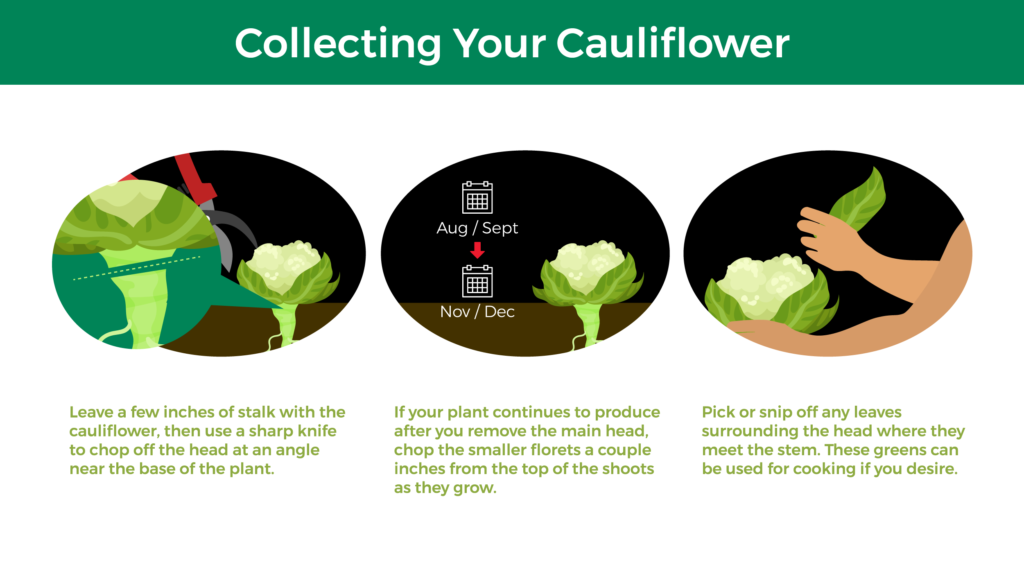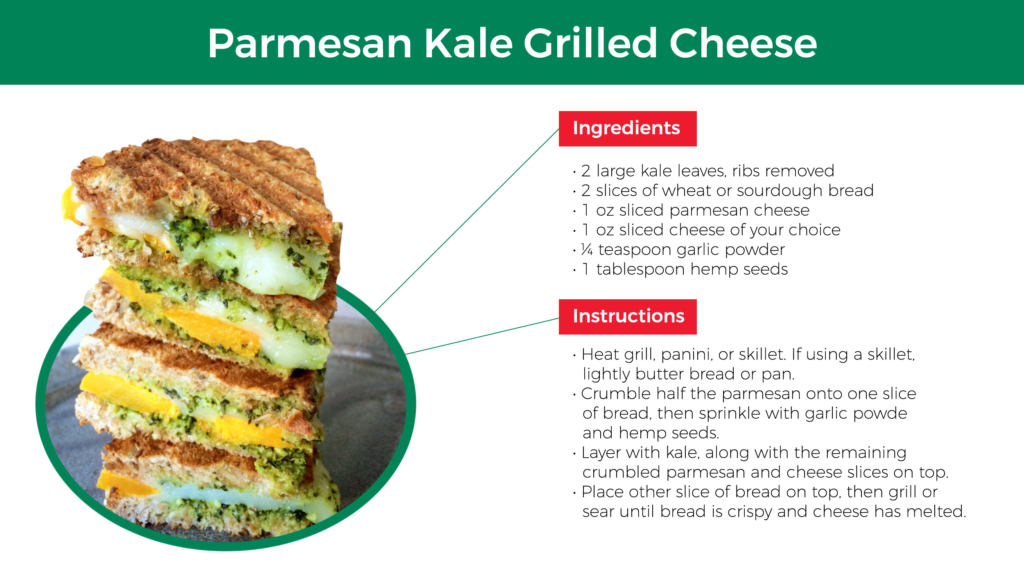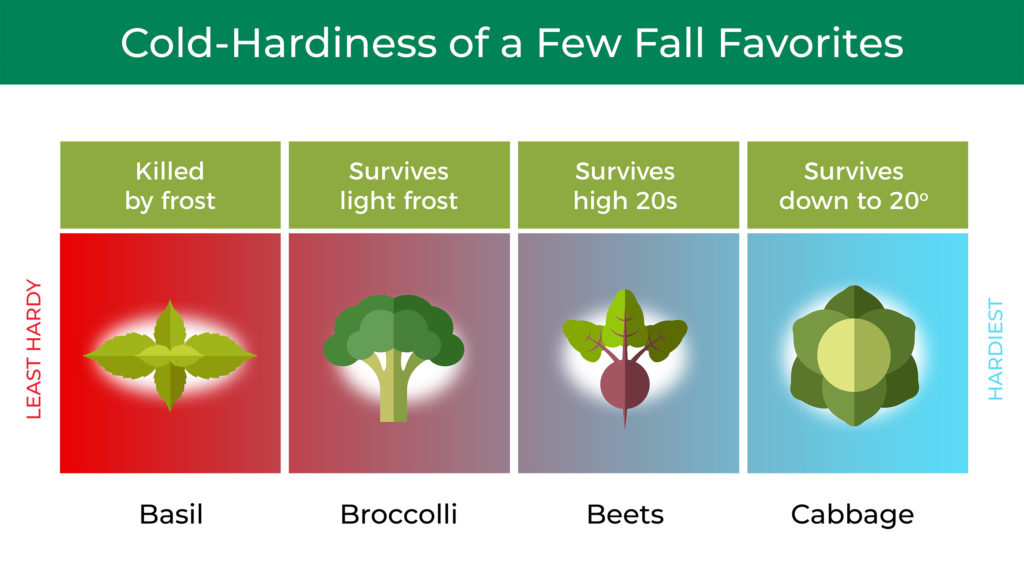When & The best way to Harvest Fall Greens in Your Yard
Peak gardening season could also be over, nevertheless the crops don’t stop for fall local weather. A great deal of produce includes fruition in the midst of the autumn and all by the winter, and as quickly as they attain the harvesting stage, you’ll should perceive how and when to pick out them. It’s going to depend upon the native climate by which you reside, nevertheless there’s one issue to on a regular basis be aware: frost date. Plant progress slows as temperatures drop, so often speaking, your greens must be mature by the first frost in your house. Nonetheless, indicators of ripeness amongst greens vary, along with their harvesting and preservation strategies. To help navigate gardening this time of 12 months, listed below are some fall harvesting options in your favorite yard veggies so you’ll have the benefit of them at their peak.
Higher Is Not Always Greater
Don’t be fooled by lots of the produce you get from the grocery retailer: The most important mustn’t basically the healthiest or tastiest. In fact, a whole lot of your yields, much like zucchini and potatoes, will attain peak tenderness and style sooner than full maturity. Plus, a smaller vegetable may have most likely probably the most concentrated stage of nutritional vitamins.
As temperatures drop, nonetheless, for sure your crops develop further slowly and thus need a great deal of time to mature sooner than any excessive local weather. Harvest often – on each day foundation ought to you’ll be able to – whereas avoiding moist circumstances. This not solely ensures tastier and higher-quality produce however as well as encourages an even bigger yield.
Know The best way to Determine ‘Em
So, what are the indications of ripeness in your veggies? In reality, optimum rising and harvest seasons are climate-dependent. Moreover, some crops are quick-maturing, whereas others aren’t as eager to depart the underside and will even make it by the use of the winter.
Irrespective of and wherever you develop, forestall harm and be prepared with right harvesting devices, like sharp knives and pruning shears. Equally important are right preservation offers like cans, jars, meals dryers, or vacuum sealers. Proper right here’s your crash course in harvesting a handful of widespread fall crops.
Cauliflower
Being a half-hardy vegetable, cauliflower fares properly exterior until there’s a excessive frost, which could present an issue if their heads, or curds, aren’t mature sooner than then. To play it protected, it is best to reap after a deep freeze – nevertheless as it is a cold-weather plant, frost will improve its style until that time comes. To avoid discoloration and bitterness from daylight publicity, take note of blanching the cauliflower to guard from the photo voltaic and whiten the top. When it’s roughly 2 to 3 inches in diameter, or in regards to the dimension of a tennis ball, accumulate numerous large surrounding leaves and protected them loosely throughout the crop. Then, it must be harvest-ready all through the next couple weeks. If a flower sprouts out of your plant, you’ve perhaps waited too prolonged.
Preserve an in depth eye in your cauliflower; if it turns into too mature, the final word product will most likely be grainy. Determine as quickly because the curds are a creamy-white color, the leaves are shiny inexperienced, and the top is full, company, and compact. A diameter of 6 to 10 inches, sooner than the top begins to separate, usually signifies that it’s full ample for choosing.
The best way to reap cauliflower:
- Decrease cauliflower from the precept stem with a sharp knife. Proceed harvesting any smaller heads that develop the place you made your cuts.
- Take away any leaves surrounding the top, which you’ll each eliminate or use for cooking.
- Ship them inside, soak the heads in salt or vinegar water for about 20 minutes, then rinse to expel any pests.
- Refrigerate or freeze in an airtight plastic bag.

Carrots
Be part of the (Vitamin) A Workers and know strategies to get most likely probably the most out of your carrots. Begin pulling them when you see that they’ve developed fullest color. As you might guess, youngster carrots need a lot much less time than mature carrots, so harvest dates range anyplace from 50 to 100 days relying in your required dimension. When the tops measure half an inch to 1 inch in diameter, that signifies an excellent time to pick out them. In case you’re undecided, a quick type check out would possibly assist you out: Uproot a pair and take a piece to confirm they’re sweet and crisp. Wait until the tops have endured numerous frosts must you’re searching for to reap for winter, as chilly local weather enhances their sweet style.
Carrots are wonderful to provide properly into the autumn months, nonetheless it’s important that you just simply pull all of them sooner than the underside freezes robust – besides you resolve to insulate them with straw or mulch for overwintering.
The best way to reap carrots:
- Gently pull on the carrot tops which have emerged from the soil, grasping the idea and by no means the leaves. You may additionally use yard devices to easily loosen the encircling soil and assure no tops break off.
- Seize the greens or any uncovered house on the prime and pull firmly.
- Sooner than storing, brush off the filth, take away all tops and greens, and air dry to remove flooring moisture.
- Retailer in a cool, darkish place, preserved in a container of sand (sooner than peeling) or refrigerated/frozen in a plastic bag with holes (after peeling).
Kale
As certainly one of many hardiest members of the yard, kale is a leafy and nutritious addition to all varieties of dishes, from salads to stir-fries to soups. And lucky for you (and your stews), it could presumably proceed rising in temperatures as little as 20 ranges and tastes sweeter all through cool and frosty circumstances – merely ensure that to reap all of the plant sooner than it’s killed by the freezing chilly.
Likelihood is you may begin deciding on youngster greens 20 to 30 days after planting, nevertheless don’t go overboard, or else the kale gained’t mature appropriately. In another case, it’s regular to attend 70 days or so after seeding to reap, or when the plant is 8 to 10 inches tall with leaves in regards to the dimension of your hand. The smaller and additional tender leaves have a milder style, finest for consuming uncooked in salads, whereas greater foliage is finest to cut and put together dinner, like spinach.

The best way to reap kale:
- Start slicing or snapping specific particular person leaves off the precept stalk from the underside, then switch upward.
- Do not resolve the foliage from the very prime or from the terminal bud (prime center), which can compromise future productiveness.
- In its place, harvest a few fistful of outer leaves each time.
- To encourage progress all by the winter, cowl the soil with mulch or a defending blanket after the first predominant freeze.
- Rinse beneath cool water, take away stems, and let the leaves air dry.
- Preserve refrigerated in an airtight plastic bag and use inside one to 2 weeks.
Potatoes
As regards to your homegrown potatoes, harvest time relies upon upon whether or not or not you’re consuming them instantly or storing them away for the winter. “New potatoes,” with a smaller dimension and tender pores and pores and skin, are dug up ahead of mature potatoes – about two to some weeks after the crops stop flowering. These must be eaten inside numerous days. Mature storage potatoes, nonetheless, must be harvested two to some weeks after the foliage has died once more. They retailer greater and longer when left throughout the flooring to allow their pores and pores and skin to toughen and starchy style to develop. Although these crops can tolerate light frost, it is best to shovel them up sooner than the first arduous frost.
Usually, choose small to medium potatoes with simple pores and pores and skin, with out blemishes or mushy spots. For these you gained’t eat instantly, skins must be thick and firmly hooked as much as the flesh; if the pores and pores and skin rubs off merely, the potatoes are nonetheless new and can keep underground longer.
The best way to reap potatoes:
- Use a shovel or yard fork to dig into the floor edges of the plant.
- Elevate rigorously and seize the entire potatoes you want to harvest.
- Treatment mature potatoes afterward by letting them sit in a cool, darkish, and humid house of 45 to 60 ranges for just a few weeks. This helps the skins harden and heal.
- Retailer the cured crop in a darkish place of roughly 40 ranges, like a storage or fridge, and under no circumstances allow them to freeze.
- Do not wash until correct sooner than use.
Know When the Time is Ripe
As for various late-season greens not talked about above, the first step to timing your harvest is realizing how loads frosty local weather they may survive. Some will most likely be killed by frost altogether, whereas others can thrive properly beneath freezing temperatures. Ranging from basil to cabbage, know the place your fall crops lie on the frost-tolerable scale.

Getting the Most Healthful Harvest
Nothing retains you warmth amid winter winds pretty like a soup, stew, or completely different meal straight out of your fall yard. Whereas peak-season is also over, your yard can protect thriving with the most effective crops and cold-weather tools to protect your crops from harsh circumstances, along with yard fertilizers to take care of them in prime kind, no matter the season.






